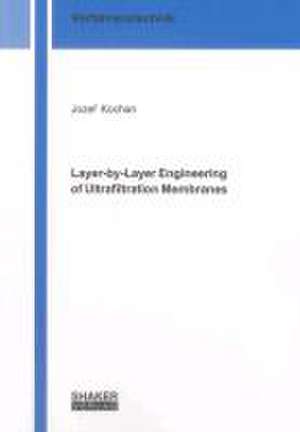Layer-by-Layer Engineering of Ultrafiltration Membranes
Autor Jozef Kochanen Limba Engleză Paperback – 20 ian 2013
Preț: 261.28 lei
Nou
Puncte Express: 392
Preț estimativ în valută:
49.100€ • 54.48$ • 42.13£
49.100€ • 54.48$ • 42.13£
Carte indisponibilă temporar
Doresc să fiu notificat când acest titlu va fi disponibil:
Se trimite...
Preluare comenzi: 021 569.72.76
Specificații
ISBN-13: 9783844016048
ISBN-10: 384401604X
Pagini: 149
Ilustrații: 5 farbige Abbildungen
Dimensiuni: 149 x 211 x 19 mm
Greutate: 0.21 kg
Editura: Shaker Verlag
ISBN-10: 384401604X
Pagini: 149
Ilustrații: 5 farbige Abbildungen
Dimensiuni: 149 x 211 x 19 mm
Greutate: 0.21 kg
Editura: Shaker Verlag
